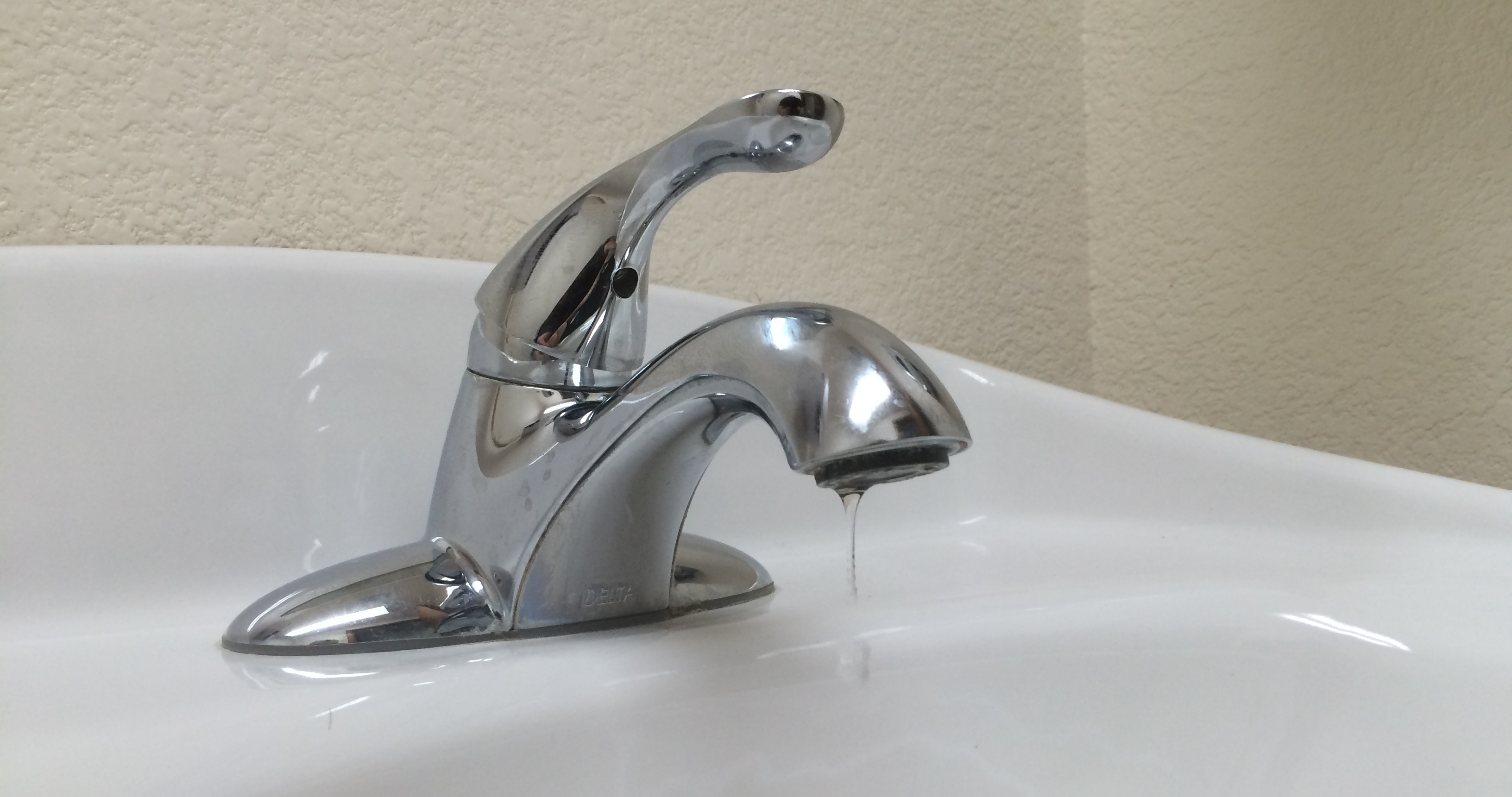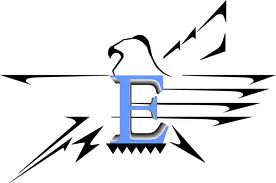
By Staff 3-14,2016
According to the U.S. Environmental Protection Agency (EPA), the average household leaks more than 10,000 gallons of water per year; that is same amount of water it would take to wash 270 loads of laundry or approximately 10 percent of your water bill. As water conservation stewards of Cheyenne, the Board of Public Utilities (BOPU) encourages customers to become “leak detectives” as part of EPA national Fix A Leak Week, March 14-20, 2016.
It’s easy to become a leak detective and solve mysterious water leaks with these clues:
Look at the hard evidence-your water bill. During the winter, the average home in Cheyenne uses less than 2,000 gallons of water per person per month. If a home is using more water, there may be a leak. If further testimony is needed, check your water meter which is typically inside your home. BOPU can help you locate your water meter and show you how to read it. Water meters are equipped with a flow detector-the red triangle or propeller or digital readout. First, turn off all water uses in the home for a couple hours then check the water meter. If the red triangle or propeller are moving or the numbers have changed on the water meter, there is a leak in the house.
Interrogate the toilet. Toilets are sometimes are the silent culprits for water leaks and higher water bills. Place a few drops of food coloring in the tank at the back of your toilet and let is sit for 10-15 minutes. If the color shows-up in the bowl, the toilet leaks. Make sure you flush afterwards to avoid staining.
Make sure the fixtures, and appliances have alibis. Inspect fixtures and appliances for dripping water. Look for dripping faucets, showerheads, and hose connections.
Spy your sprinkler system and spigot. As reminder with warmer weather, check your outside spigots for leaks, and sprinkler system for broken nozzles.
Once mysterious water leaks have been solved, most leaks can be repaired inexpensively with a do-it-yourself motivation. Begin by asking some trusty sidekicks at your local hardware store for advice on how to repair the leak. Also, consider searching instructional videos for leak repairs.
In many cases, fixture replacement parts pay for themselves quickly and can be installed with basic tools. For example, an inexpensive toilet flapper value can cost less than $10 and can be replaced in minutes. Yet a running toilet or worn flapper can leak tens of thousands of gallons of water each month and add more than three times the cost of a replacement flapper to the water bill.
If you just can’t nip that drip, consider deposing old fixtures or appliances a more efficient ones. Whether remodeling a bathroom, starting construction of a new home or simply replacing old, leaky fixtures, look for the WaterSense labeled for a more water-efficient option.



